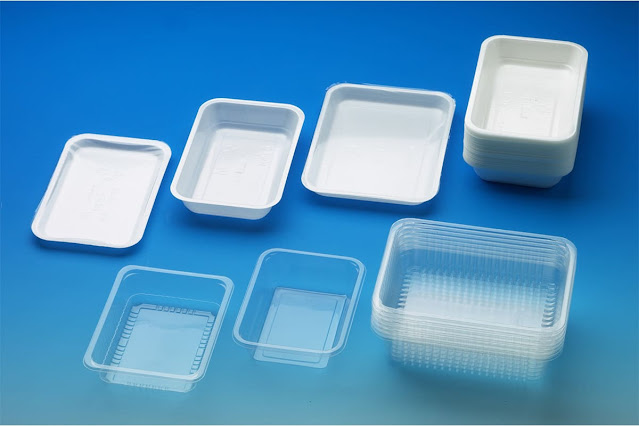The Future of Automation in French Fries Production
The future of automation in French fries production holds immense promise for the industry, as technological advancements continue to revolutionize the way this beloved snack is manufactured. Automation has already played a significant role in enhancing efficiency, consistency, and quality in various food processing sectors, and the French fries industry is no exception.
One of the primary areas where automation is making a significant impact
is in the potato processing phase. Advanced sorting and grading systems use
computer vision and machine learning algorithms to assess the quality of
potatoes and sort them based on size, shape, and defects. This process ensures
that only the best potatoes are selected for French fries production, reducing
waste and improving overall product quality.
In the cutting and slicing phase, robotic systems are increasingly
replacing manual labor. These robots can precisely cut potatoes into various
shapes, from classic thin-cut fries to waffle-cut or curly fries, with speed
and consistency that is challenging to achieve through human labor. The use of
robotics not only increases production efficiency but also reduces the risk of
injuries associated with repetitive tasks.
Moreover, automation is transforming the frying process. Modern fryers
equipped with advanced sensors and control systems can regulate temperature and
cooking times accurately, resulting in consistently cooked French
fries with the desired texture and taste. Automated fryers also have
oil filtration systems that maintain oil quality and extend its usable life,
reducing the need for frequent oil changes and minimizing waste.
Packaging and palletizing are other aspects of French fries production
benefiting from automation. Automated packaging systems can efficiently fill
and seal bags or cartons, ensuring proper portioning and airtight sealing for
longer shelf life. Robotic palletizers can arrange finished products on pallets
with precision, optimizing space and facilitating smooth transportation and
distribution.
The integration of data analytics and Internet of Things (IoT)
technologies in automated production lines is a game-changer. Sensors embedded
throughout the production process collect real-time data on various parameters
like temperature, humidity, and machine performance. This data can be analyzed
to identify patterns, predict potential issues, and optimize production
workflows for increased productivity and cost savings.
As the industry continues to explore sustainable practices, automation
also contributes to environmental benefits. Reduced manual labor and optimized
processes translate to lower energy consumption and reduced waste, making French
fries production more eco-friendly.
Despite the numerous benefits, the future of automation in French
fries production also presents challenges. The initial investment in
automated equipment can be substantial, especially for smaller businesses.
Additionally, as automation reduces the need for manual labor, there may be
concerns about job displacement in the industry.
However, with the potential for increased efficiency, improved product
quality, and reduced environmental impact, the adoption of automation in French
fries production is likely to be a prevailing trend in the coming
years. As technology continues to evolve and become more accessible, even
smaller players in the industry can leverage automation to stay competitive and
meet the changing demands of consumers.
The future of automation in French fries production is bright and
transformative. From potato processing and cutting to frying, packaging, and
distribution, automation streamlines processes, enhances product quality, and
contributes to sustainability efforts. As the industry embraces these
advancements, we can expect to see a more efficient, innovative, and
technologically-driven French fries production sector in the years to come.




Comments
Post a Comment